Description
Fabric:
Choose a fabric based on the desired style and season. Common options include cotton, silk, chiffon, or a blend of these.
For a casual frock, cotton is comfortable and easy to work with. For a more formal or festive look, silk or chiffon can be elegant choices.
Lining Fabric:
If the main fabric is lightweight or sheer, consider using a lining fabric to add structure and opacity.
Thread:
Choose a thread color that complements the fabric.
Zipper or Buttons:
Depending on the style, you might need a zipper for easy wear or buttons for a classic look.
Interfacing:
Fusible interfacing helps provide stability to certain parts of the frock, such as collars or cuffs.
Trims and Embellishments:
Ribbons, lace, or other decorative elements can enhance the overall look.
Basic Steps:
Pattern:
Either purchase a pattern or create your own based on the design you have in mind. Patterns are available for different frock styles such as A-line, sheath, or empire waist.
Cutting:
Use the pattern to cut the fabric pieces. Be sure to follow the cutting layout provided in the pattern instructions.
Assembling:
Follow the pattern instructions to sew the pieces together. Start by assembling the bodice, then attach the skirt.
Adding Fastenings:
If using a zipper, attach it to the back seam. If using buttons, create the buttonholes and attach the buttons.
Hemming:
Hem the bottom of the frock to the desired length.
Finishing Touches:
Add any trims, embellishments, or details specified in your design.
Pressing:
Press the seams and the entire frock to give it a polished look.
Material Description:
Cotton:
Soft and breathable, suitable for casual frocks.
Provides comfort and ease of movement.
Silk:
Luxurious and elegant.
Drapes beautifully, suitable for formal or festive frocks.
Chiffon:
Lightweight and sheer, adds a delicate touch.
Ideal for creating flowy and feminine designs.

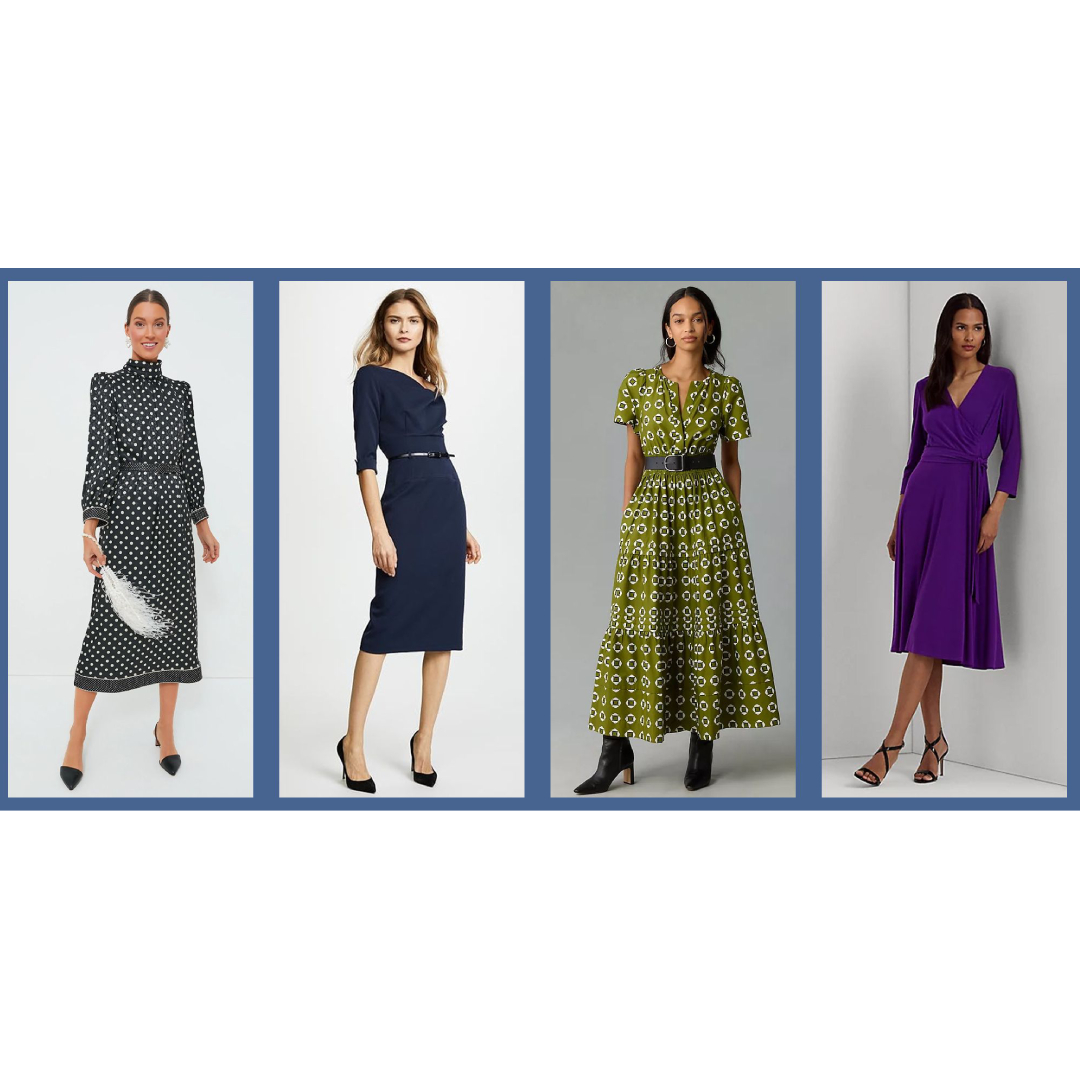
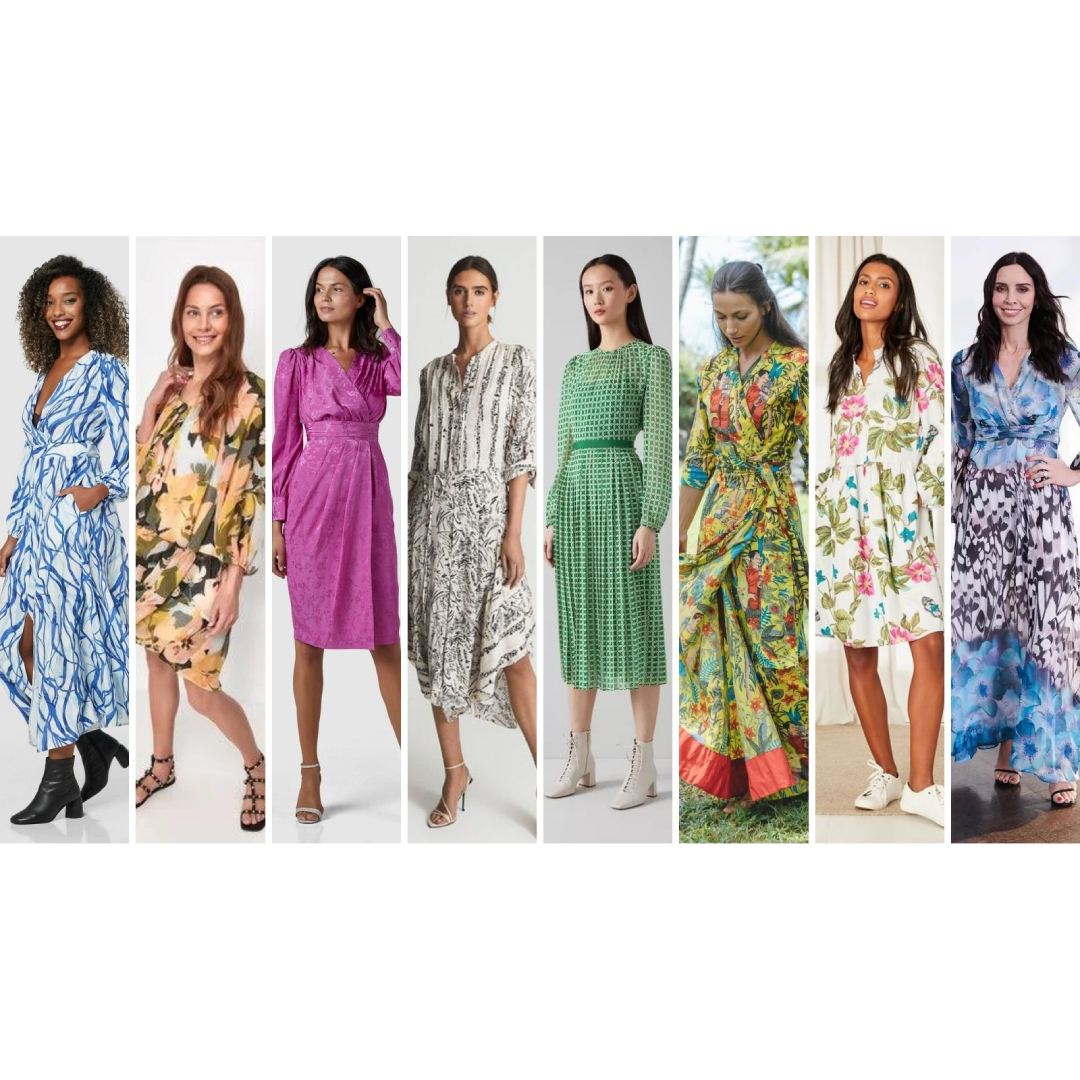
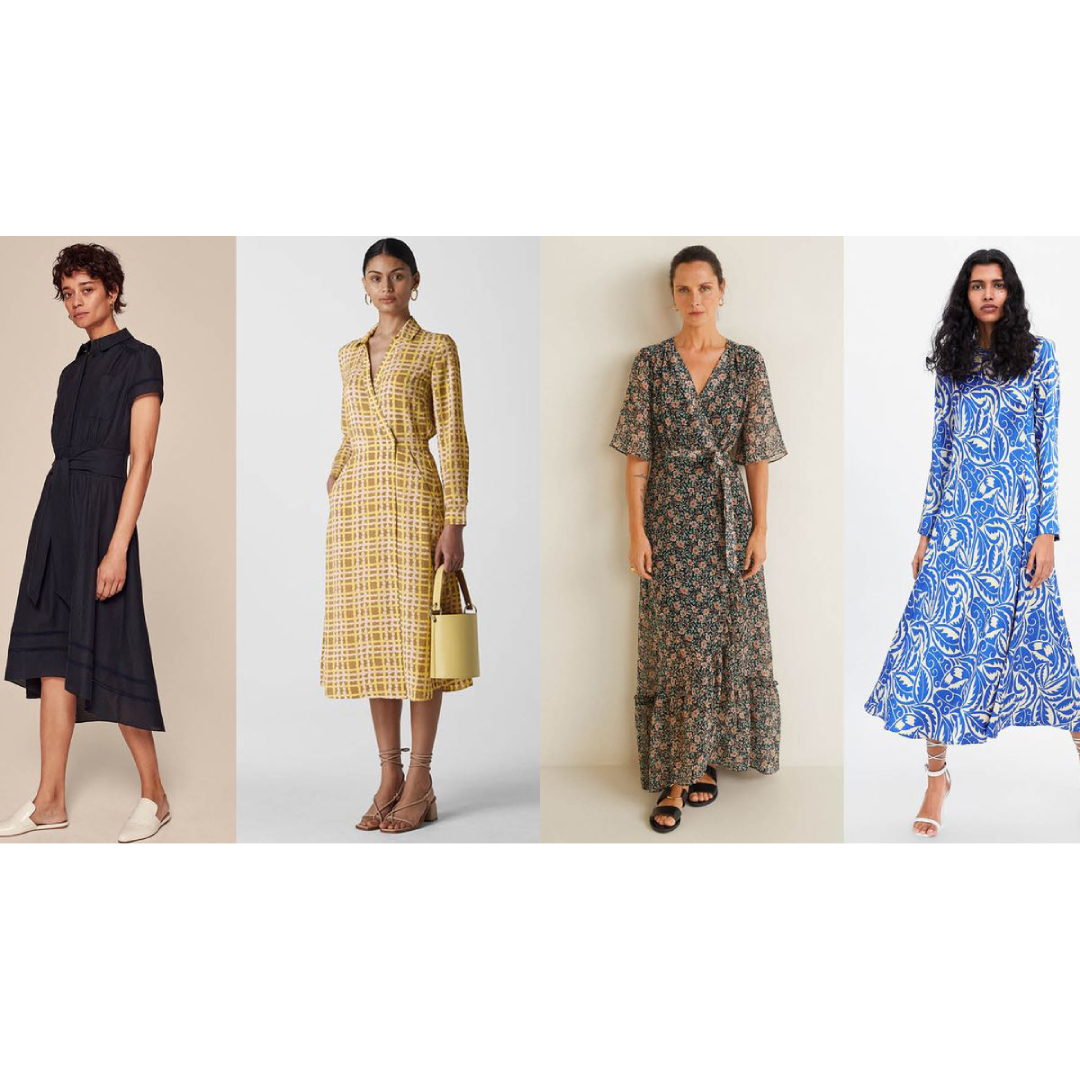
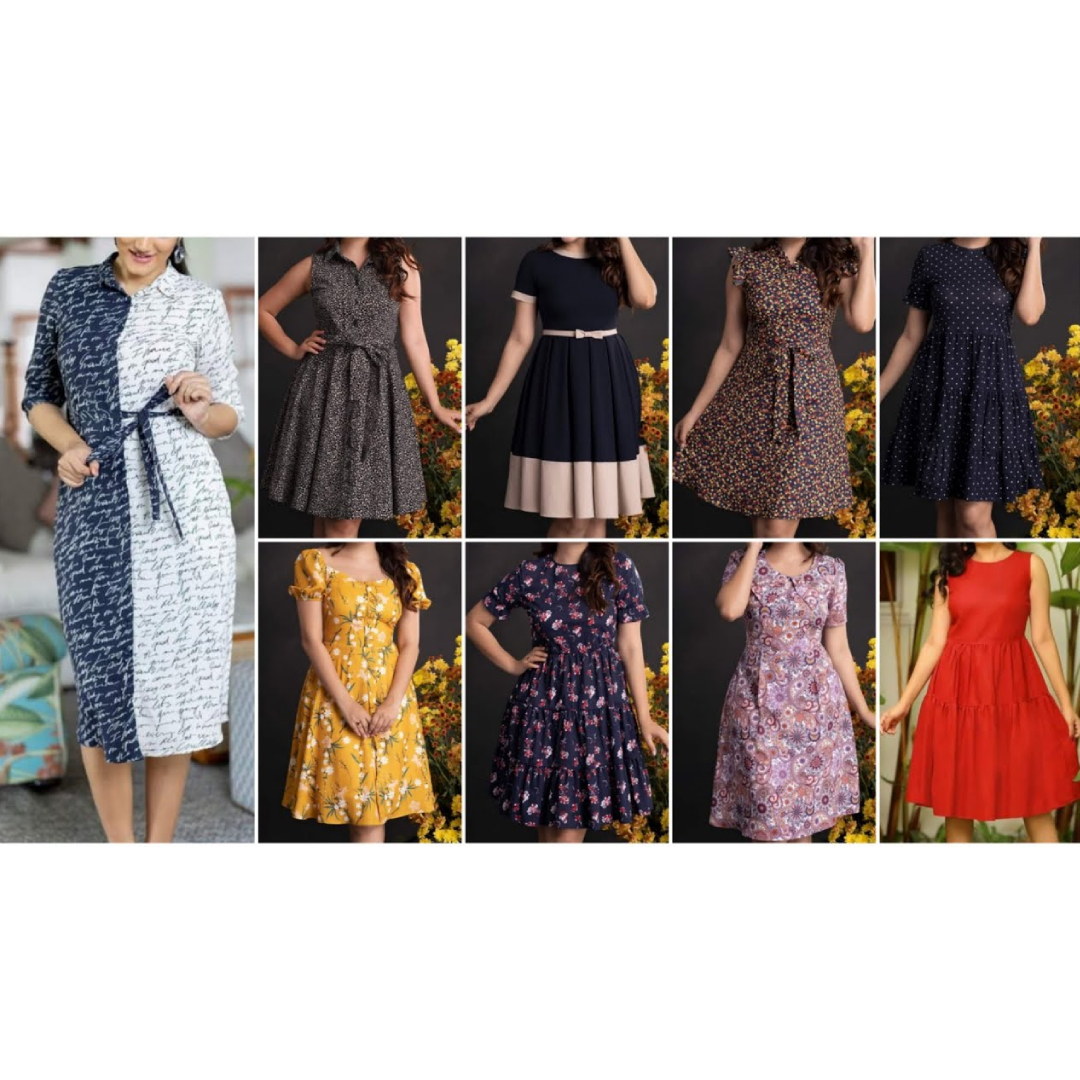
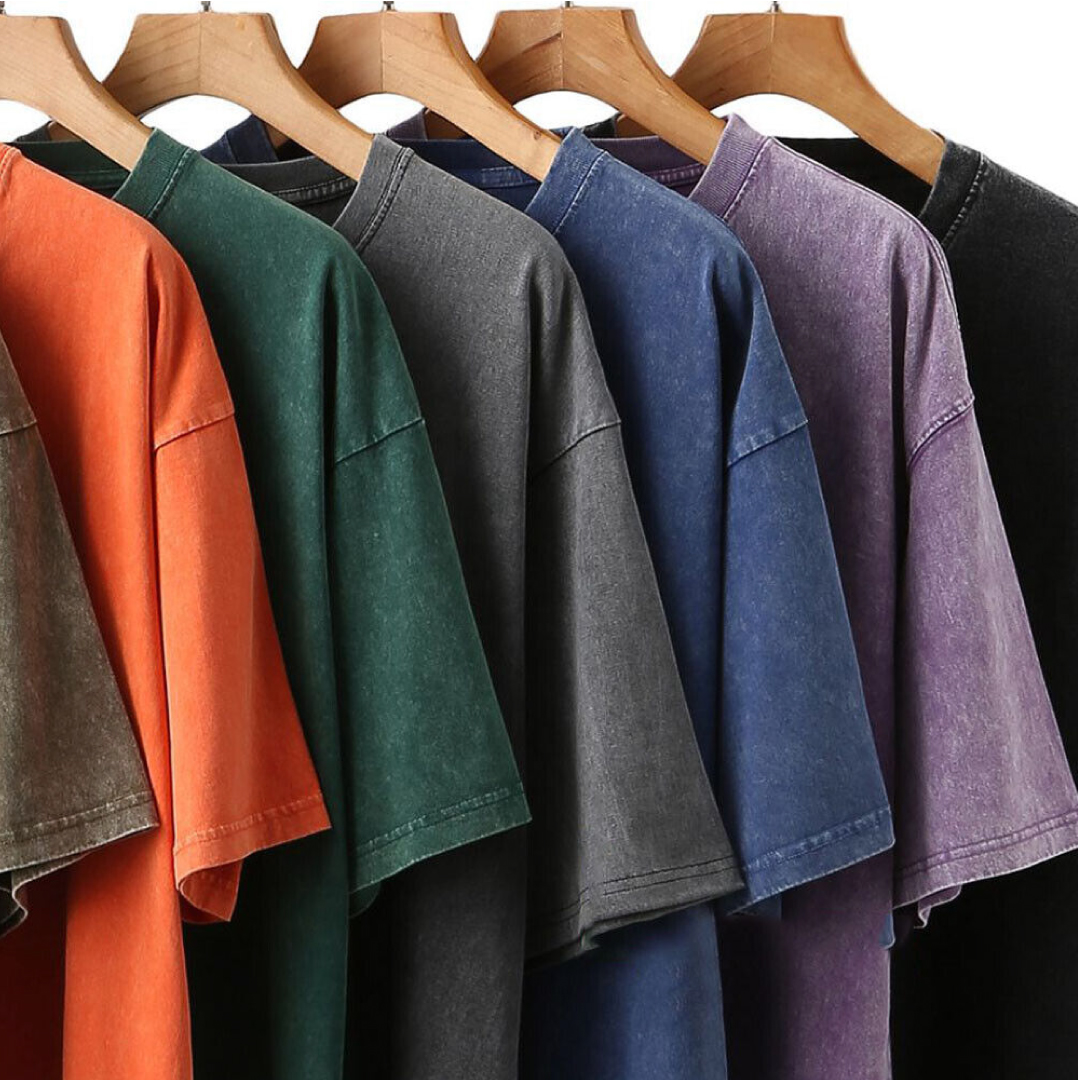
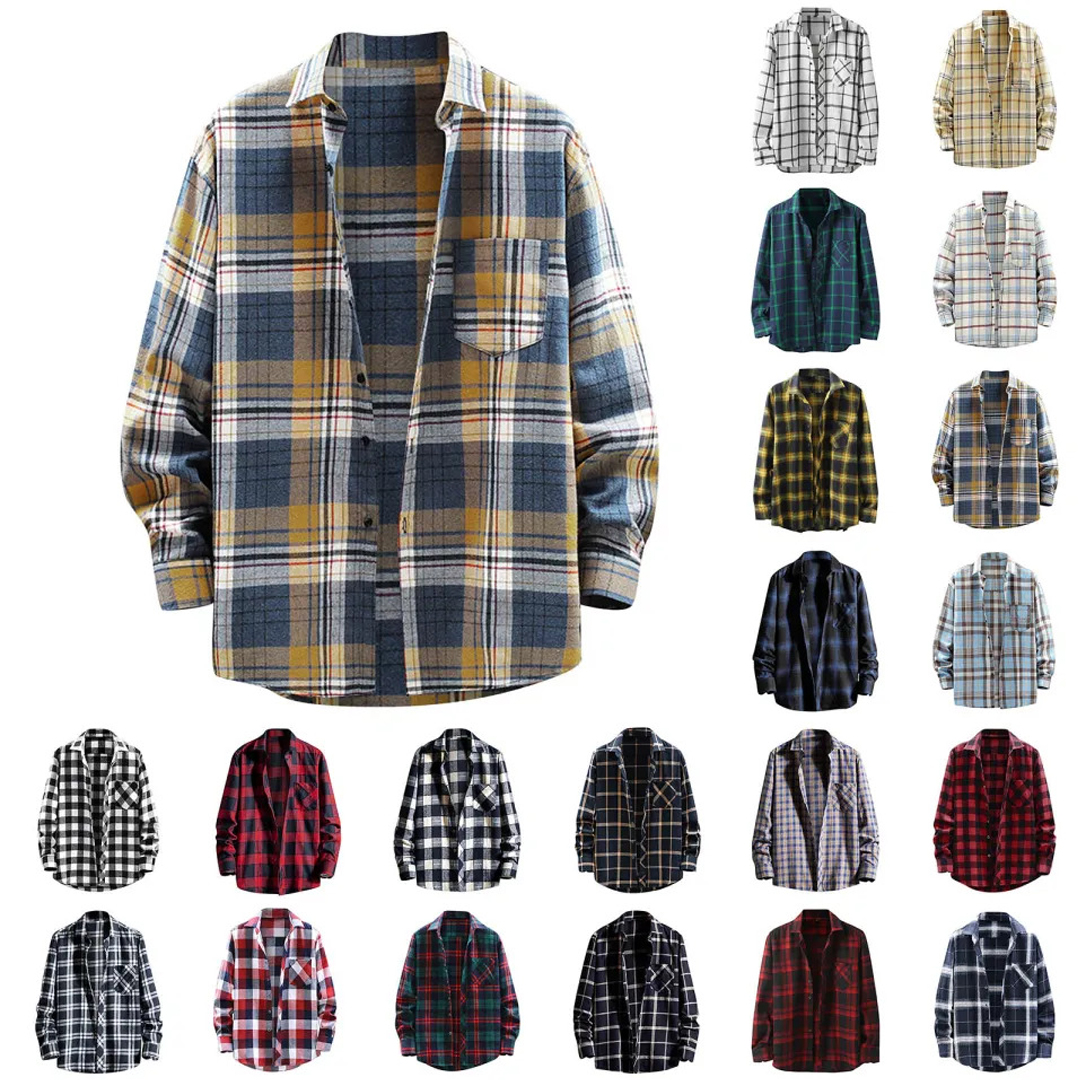
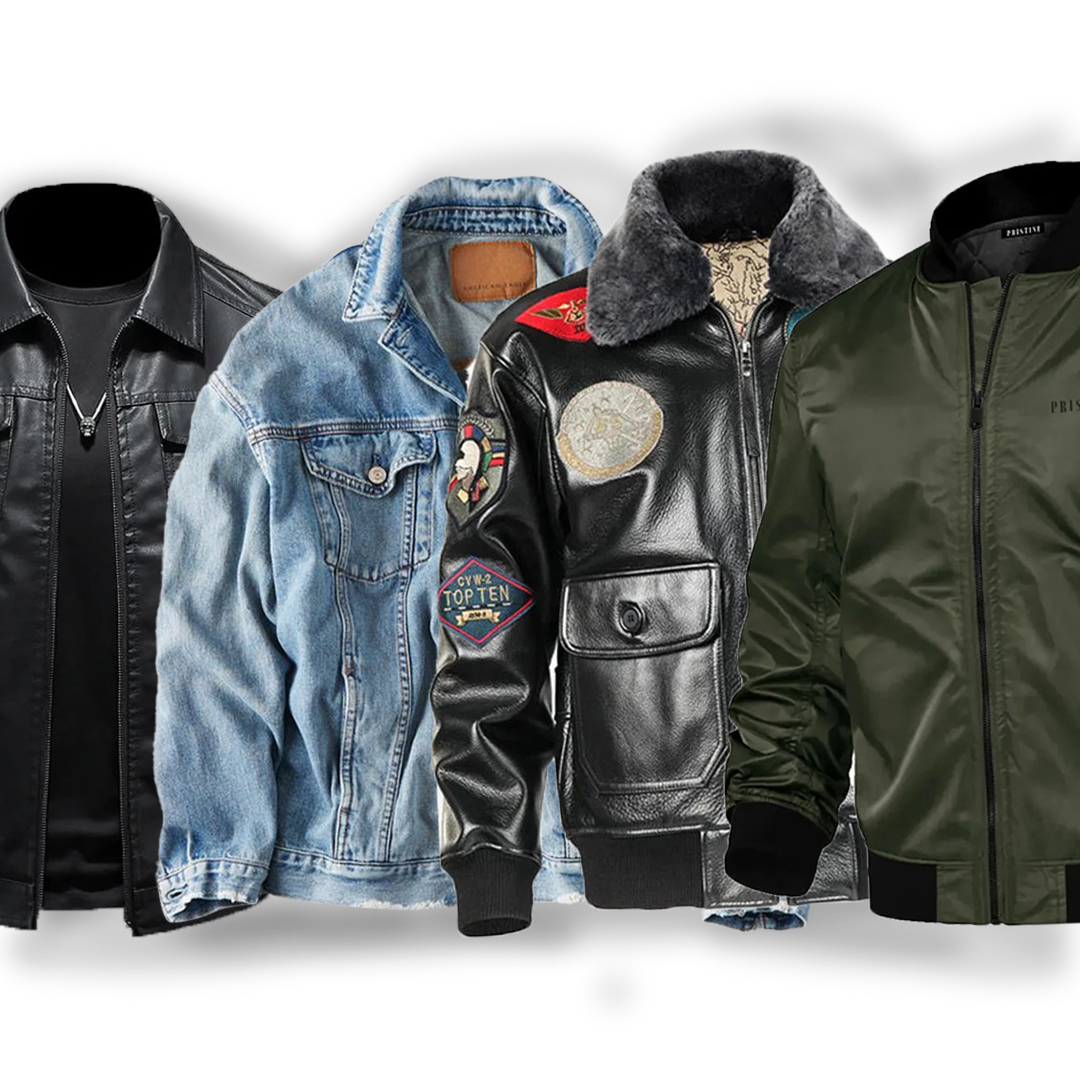
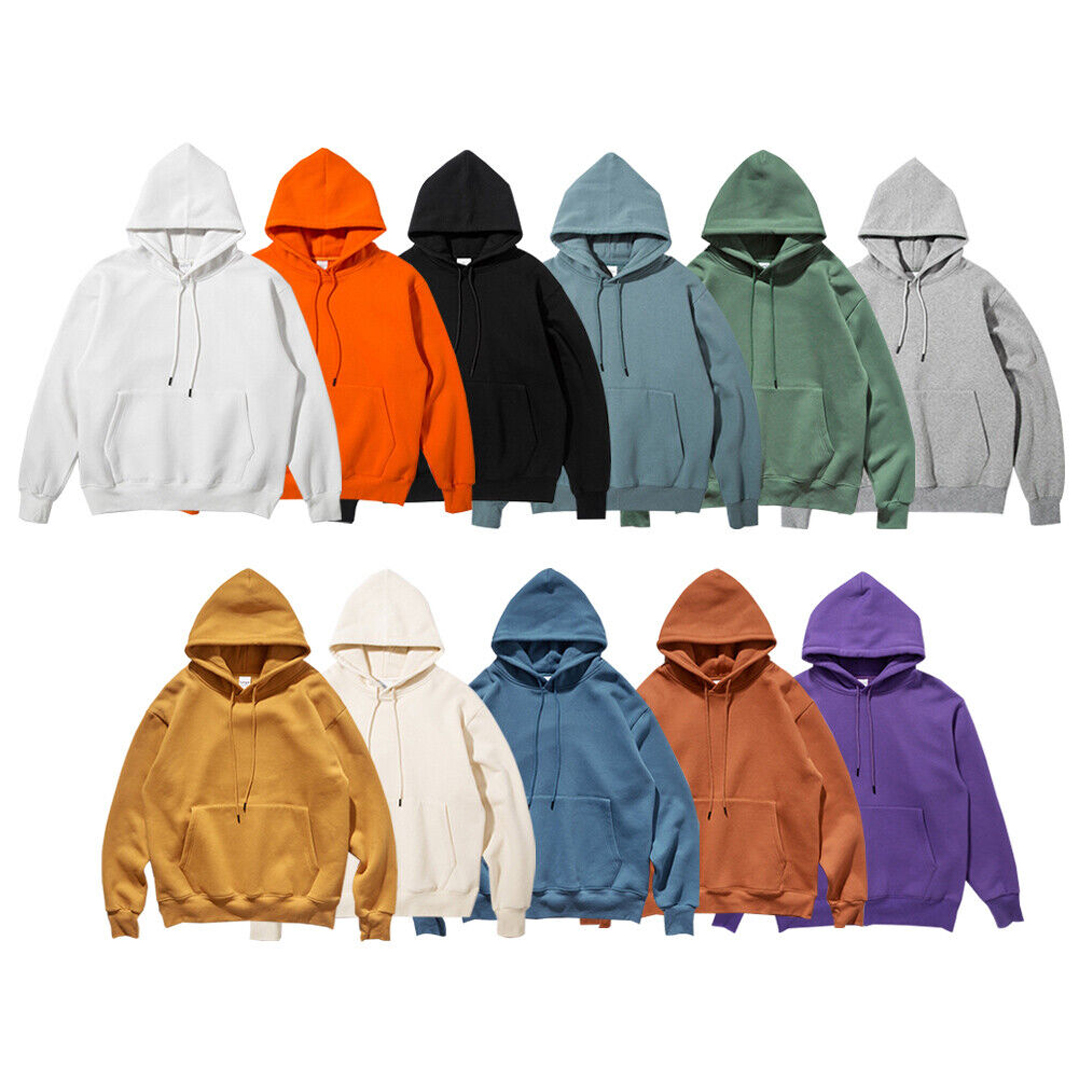
Reviews
There are no reviews yet.